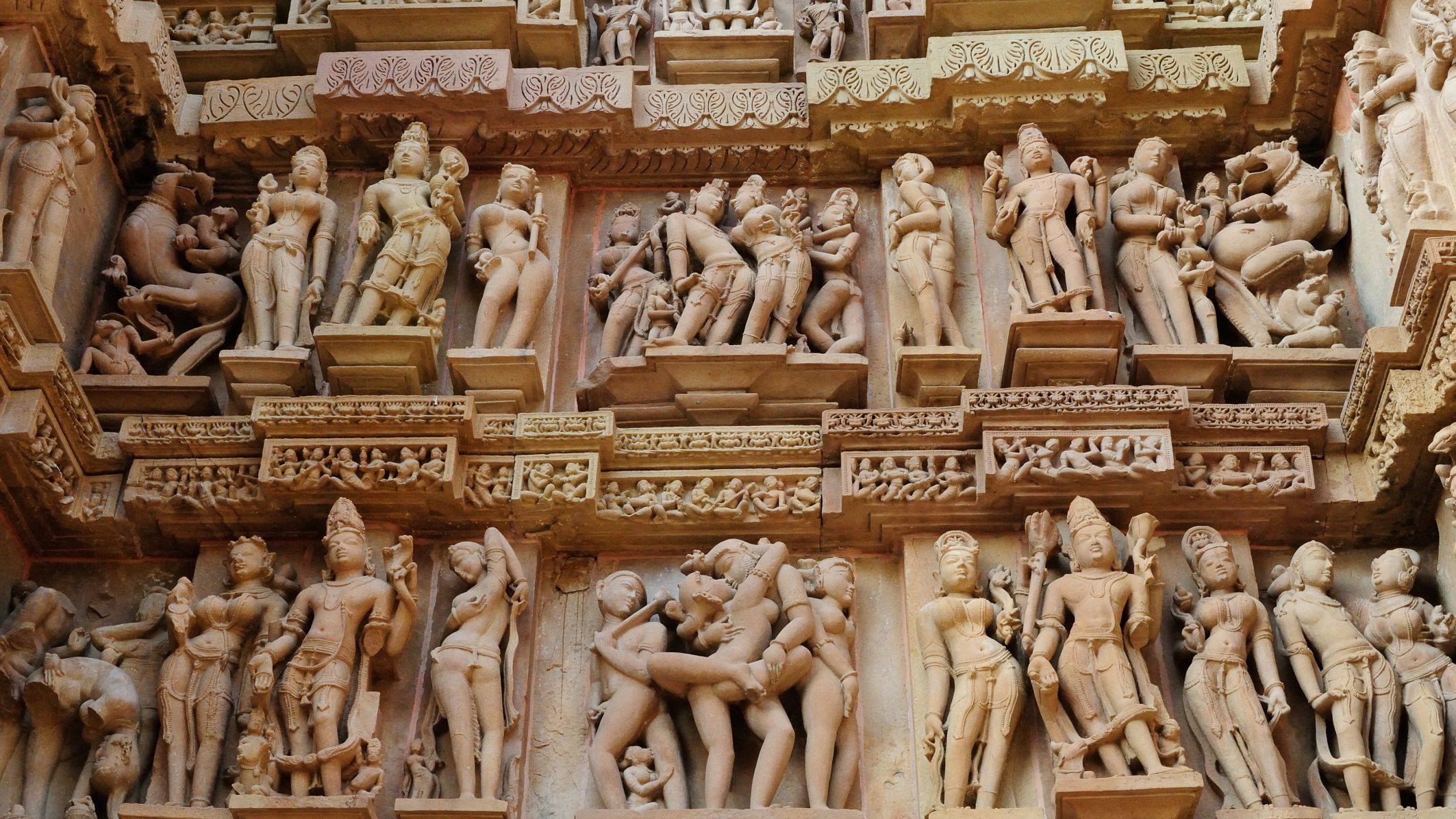
 Indian Sculptures echo divinity, mysticism,
Indian Sculptures echo divinity, mysticism, innovation and magnificence. A sculpture is a three dimensional image that is crafted of various materials either by hand or by using tools.
Indian Sculpture was the favoured medium of artistic expression on the Indian subcontinent. Indian buildings were profusely adorned with it and indeed are often inseparable from it.
History of Indian Sculptures
History of Indian sculpture dates back to the Indus Valley Civilization of 2500 to 1800 BCE, during which time small terracotta figurines were produced.

 Wooden Sculptures - Wooden Sculptures are made almost all over India. The southern states of Karnataka, Kerala and Tamil Nadu have an exceptionally grand tradition of wood sculpting.
Wooden Sculptures - Wooden Sculptures are made almost all over India. The southern states of Karnataka, Kerala and Tamil Nadu have an exceptionally grand tradition of wood sculpting. Bronze Sculptures - Bronze Sculptures have been discovered from many regions of India. These were used for ritual worship and are characterised by exquisite beauty and aesthetic appeal.
Bronze Sculptures - Bronze Sculptures have been discovered from many regions of India. These were used for ritual worship and are characterised by exquisite beauty and aesthetic appeal.  Marble Sculptures - Marble has been one of the most popular choices of material for crafting statues since ancient times. Marble sculptures are sturdy, durable, elegant and classy.
Marble Sculptures - Marble has been one of the most popular choices of material for crafting statues since ancient times. Marble sculptures are sturdy, durable, elegant and classy. Stone Sculptures - The classical tradition of Stone Sculptures in India was closely linked with architecture. All major temples of India illustrate the rich tradition of Stone Sculptures.
Stone Sculptures - The classical tradition of Stone Sculptures in India was closely linked with architecture. All major temples of India illustrate the rich tradition of Stone Sculptures.
Sand Sculptures - Sand Sculptures are popular among the booming tourist industry in Puri. The sculptures are created solely with sand, water and a small amount of glue.
Themes of Indian Sculptures

Indian craftsmen have always been fascinated by figures from mythology and religion. Sculptures of Hindu Gods and Goddesses, of other Hindu figures, of Buddha, and figures from Christianity and other religions have hence dominated their work.
Read More :- Indian Sculptures
